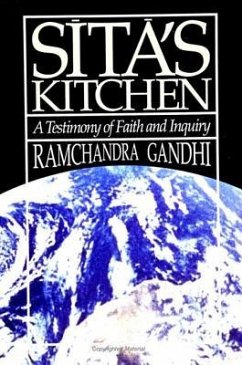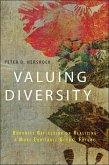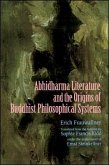Exploring the meaning of a Buddhist story, this book is a testimony of faith in the urgent relevance of India's spiritual traditions to the future of life on Earth, and it is an inquiry into the meaning of some central notions of these traditions. The value of spiritual traditions and of life itself is at stake here. In the Introduction, Ramchandra Gandhi raises the Ayodhya issue to international and universal levels. In the text, he offers a solution on the local and national levels. The temple mound in Ayodhya --the sacred hill on which the present Babri Masjid was built, also known as "Sita's Kitchen"--was originally a sacred place of the Adivasis (the aboriginal inhabitants of the subcontinent). It was sacred to the Goddess, the great nurturing earth, the fecund source of all life, the aboriginal presupposition of all later religions. As an aboriginal place sacred to the Mother Goddess, the hill in Ayodhya brings together all religions. Rather than a source of conflict, Ayodhya should become a meeting ground for the divergent religious traditions of the world to see their ultimate harmony. In the Buddhist story, the principal female character is an adivasi named Ananya ("not other"). The opposing sides come to see their oneness in Ananya. The frame-story is taken from the Vinaya-pitaka of the Pali Canon. It is the Bhaddavaggiyavatthu or "The Story of the Group of Well-Off Ones."
Hinweis: Dieser Artikel kann nur an eine deutsche Lieferadresse ausgeliefert werden.
Hinweis: Dieser Artikel kann nur an eine deutsche Lieferadresse ausgeliefert werden.








